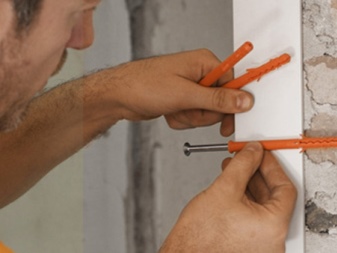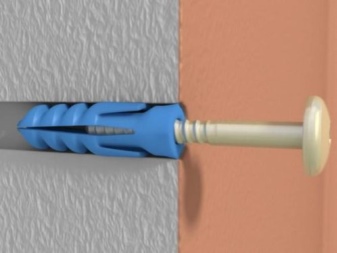Varieties
Plastic dowels, depending on the type of spacer, are divided into eight varieties.
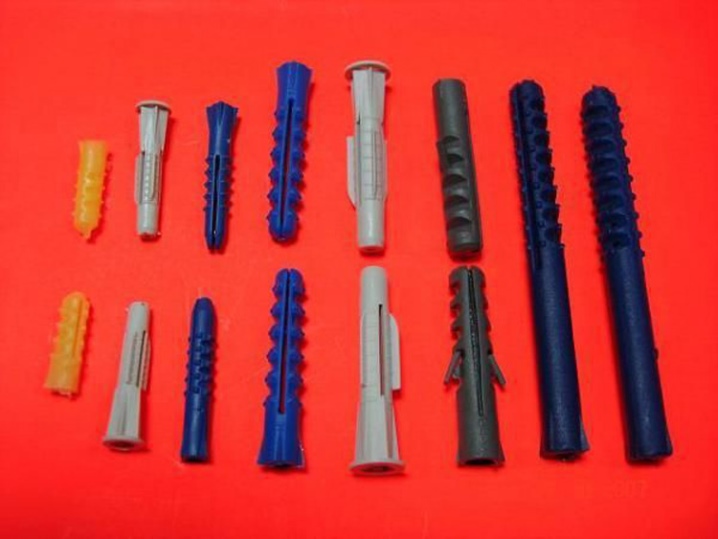
S - universal
This type has a sleeve, which is equipped with special teeth. By contracting, they provide better friction. In addition, they have special locking tongues that prevent the fasteners from turning too much during the installation process.
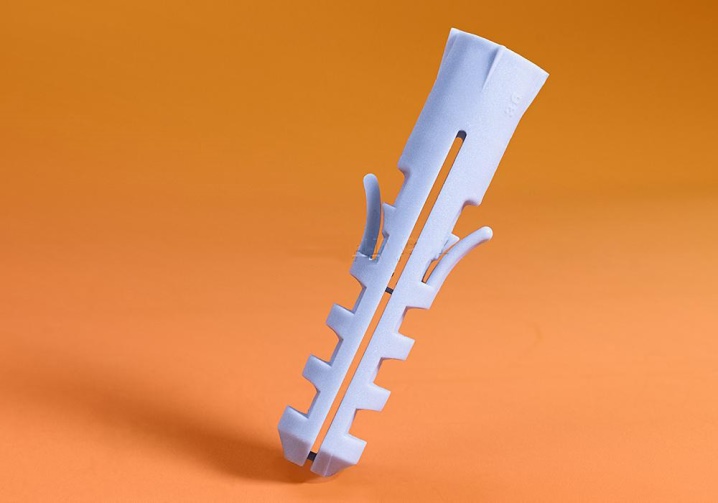
K - studded
This model is considered the most popular type. It has a small spacer part. Products of this type are equipped with an extended front part. Small spikes are provided on the sleeve, which provide the most tight contact between the device and the material.

N - four-spreader
The model provides the most uniform distribution of pressure on the walls of the recess. It is this variety that has a special bearing capacity. Products perfectly hold even a large load, they are often used when fixing concrete surfaces.
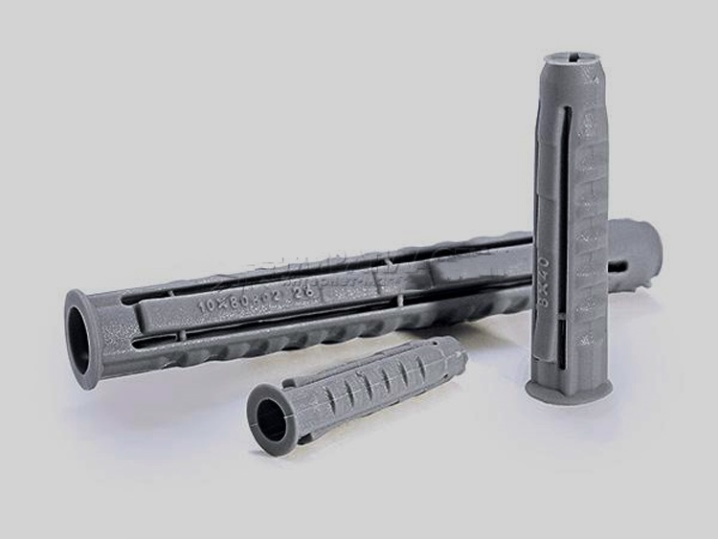
T - three-lobed
This variety is used for brick and concrete, as it can withstand significant loads. In the process of screwing in, its sleeve will gradually expand, while the petals will slowly press against the walls of the recess made. Most often, a plastic chopik is inserted into the material using a screwdriver, since it is rather difficult to scroll it.
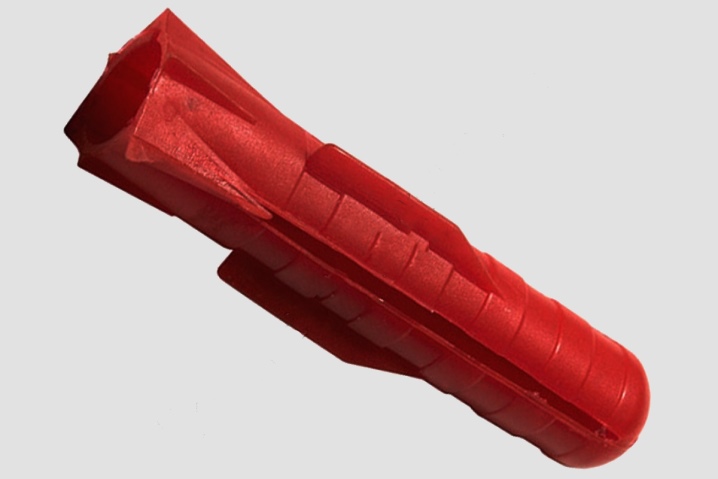
U-shaped
This variety is considered a universal option for securing. It can be used to fix both solid and hollow products. There are three special petals on the sleeve of the product, which, when in contact with concrete bases, significantly increase the friction force.
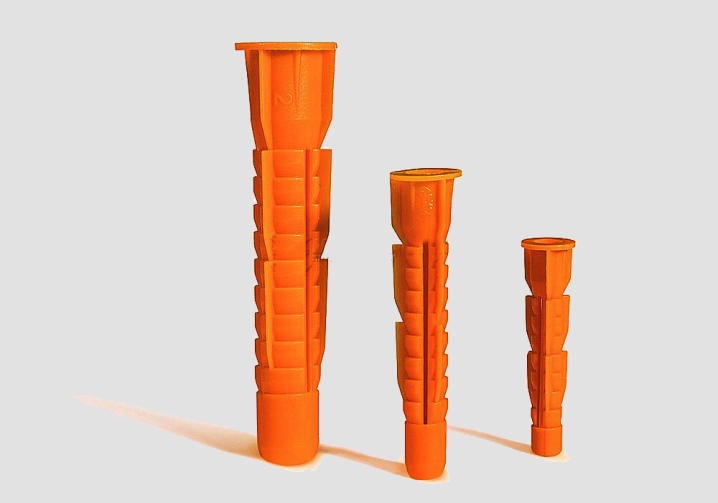
"Butterfly"
This type of dowel is used to fix sheet materials, including for thin wooden panels, drywall. The material should not be more than 10-12 millimeters thick. Such fasteners, passing through a thin surface, fold and press against the back of the base.
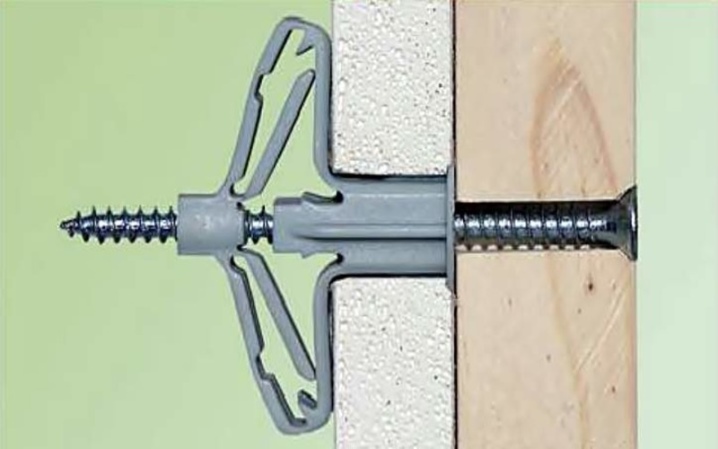
Chopik for foam concrete
There are small ribs on the retainer sleeve, which change their direction during operation. During screwing in, the sleeve begins to gradually expand, while the ribs form a single whole with the material.
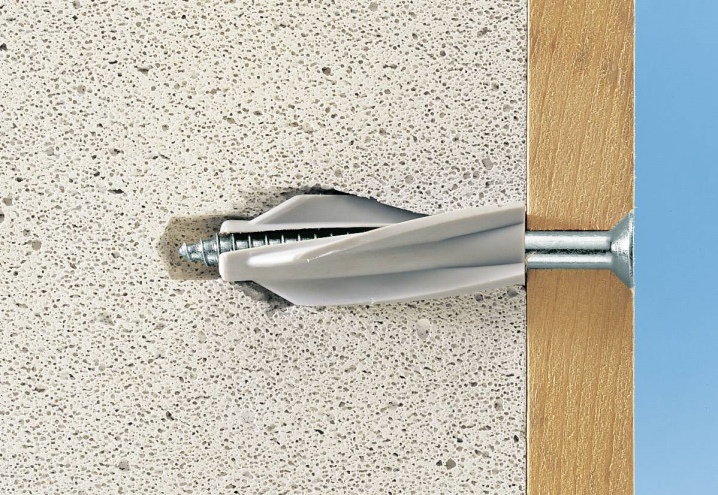
"Piranhas"
These varieties are considered the best option for fixing chipboard sheets, brick base and panel products. There are special reverse-directed teeth on the product sleeve. Such a structure allows for maximum structural durability.
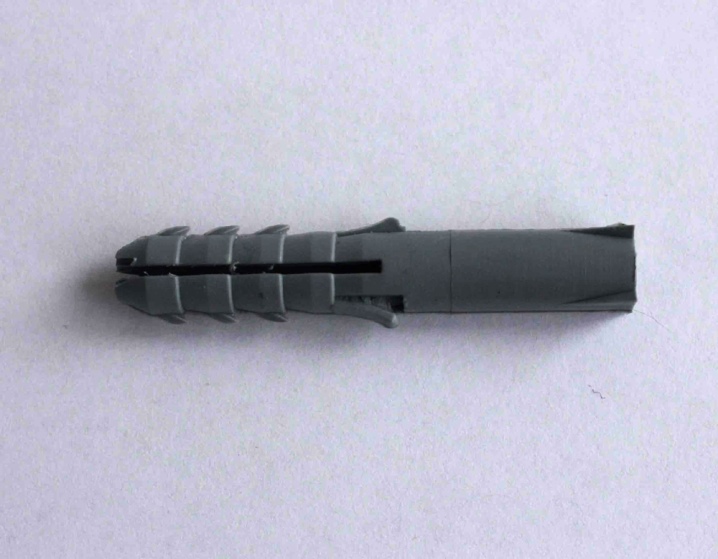
Mounting methods
In order for the fastened structure to be able to serve for a long time in the future, all fasteners should be as firmly and correctly fixed in the materials as possible. So, first you need to drill holes in the base for planting the dowels. This can be done using a conventional drill.
Make sure it is not too big. Otherwise, the fasteners will not be able to properly fix in the material. After that, you need to clean the surface from the formed particles after drilling and from other debris.
Then you can start installing the dowel itself. To do this, it is recommended to pre-blow the hole made with an air stream (for this you can use a special pump), then the fasteners are driven in. This should be done as carefully as possible, because plastic models are more flexible and plastic, during operation they can be severely damaged.
At the final stage, it is necessary to screw the dowel into the hole. To do this, you can take a screwdriver or a simple screwdriver, depending on the strength and hardness of the material.
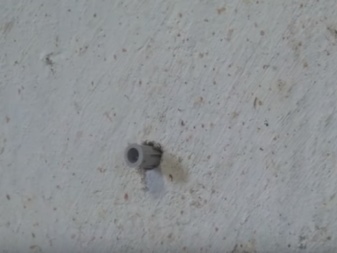
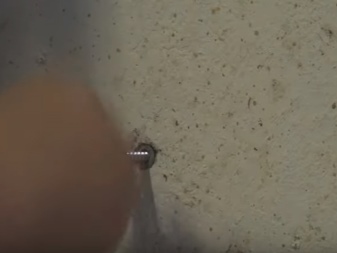
Such varieties should be placed in the foundations in the direction of the load.
The types and features of plastic dowels are described in the video.
Characteristic
Dowels made of plastic look like ordinary nails. As a rule, they are installed at the base of products for the installation of other fasteners in them, including a screw or self-tapping screw.
Plastic dowels include two parts.
- Non-controversial part. This component does not actually participate in consolidation. It looks like a small base of the device itself.
- Spacer part. This component is the main one. It is she who provides fixation, changes its size during the formation of connections.
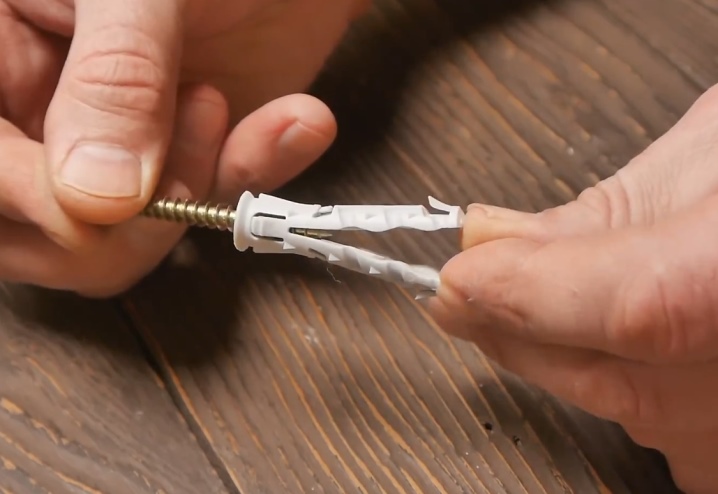
Such plastic fasteners sometimes have a special cuff. This additional element is a border around the hole. It prevents the tool from falling into a hole made in the material.
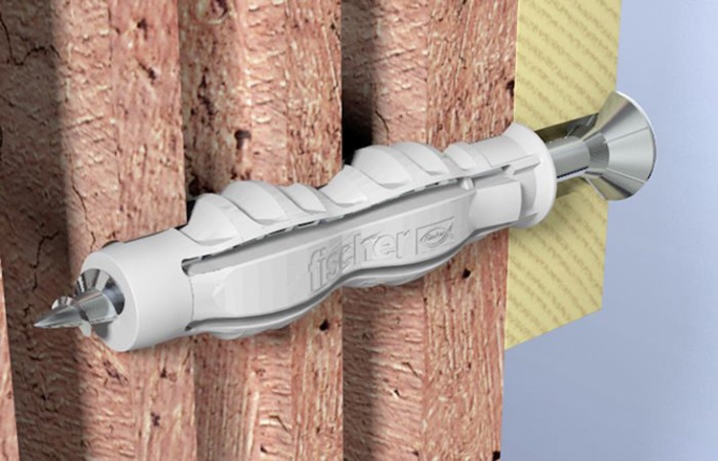
They can be used for different types of designs. So, there is a separate type of facade models. They are most often available in blue or orange colors.
